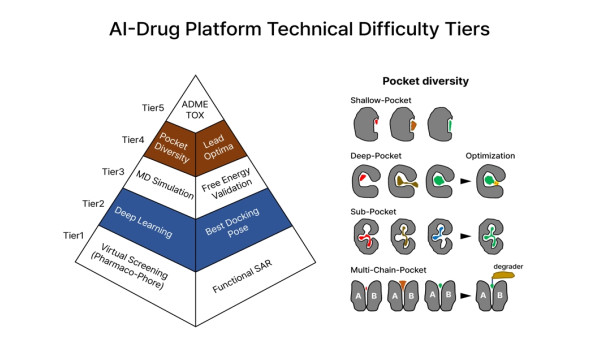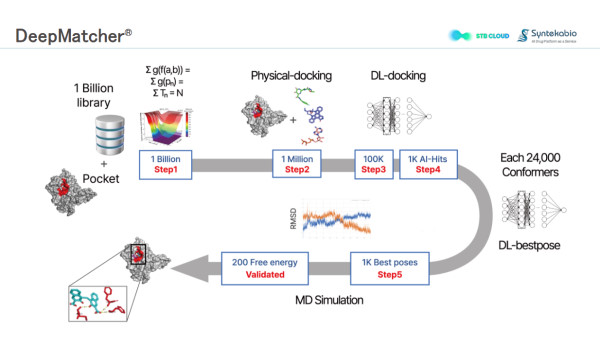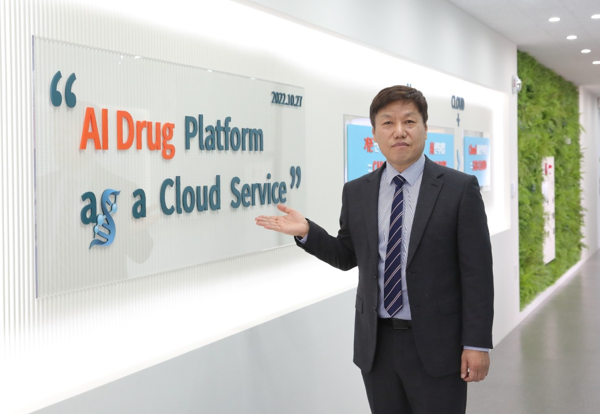Sponsored by Syntekabio
How Syntekabio’s Supercomputing Enables AI-driven Drug Discovery
What is "supercomputing"? It refers to processing a massive quantity of complex data-intensive and computation-heavy problems often found in scientific or engineering projects. Using a powerful class of ‘multiple’ computer systems working in parallel, supercomputing is built into an infrastructure that is supporting a vast array of disciplines. From quantum mechanics and molecular modeling to weather forecasting and exploration of oil and gas, it has brought about massive waves of transformations to some of the key industries today.
For instance, the UK’s most powerful supercomputer NVIDIA has helped researchers in AI and healthcare to solve urgent medical challenges since it was launched in 2021. Fugaku, the world's most powerful supercomputer developed by Japan's RIKEN Research Institute, has been used to discover small molecule inhibitory compounds in molecular mechanism hindering Covid-19. Supported by the Japanese government, Fugaku’s 158,976 servers will be used widely in various fields such as energy development and weather prediction, including earthquake and tsunami forecast. The National Supercomputing Center of China, Sunway TaihuLight, boasts 10,649,600 servers, the largest scale in the world, to support the country’s evolving industries involving molecular dynamics modeling, genome analysis, cloud computing, etc.
Supercomputing is proving to be immensely superior to general-purpose computers, coupled with artificial intelligence (AI). Ushering the era of the digital biology revolution, it’s already making leaps and bounds in the biopharma and medical fields, accelerating the drug discovery and development of lifesaving solutions.
For rapidly advancing healthcare research studies, speed and performance matter critically. South Korea’s leading biotech company Syntekabio is building The AI Biosupercom Center, its own supercomputer infrastructure in Daejeon, an hour distance from Seoul. Built on 2.5 acres, The AI Biosupercom Center is one of the largest single-use facilities in the world dedicated to drug discovery and development services. Its completion later in 2023 will expand the servers from 3,000 to 10,000, substantially increasing Syntekabio’s global business capacity and enhance the AI-driven solution STB CLOUD to provide more stable and accurate drug discovery process.
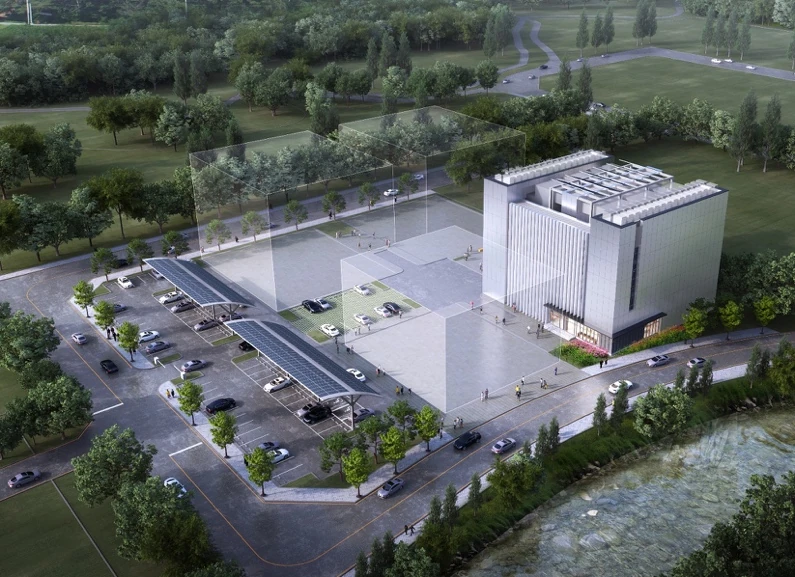
Fig. 1. Syntekabio’s construction of The AI Biosupercomp Center from a bird's eye view. The infrastructure is built eco-friendly (PUE.1.1) to be completed in 2023-3Q, with capacity to process billions of compounds docking, protein-protein interaction (including antibody-antigen and MHC-peptide), deep learning, thousands of molecular dynamic simulations and next generation sequencing data processing, large scale AI in drug discovery projects , etc.
STB Cloud Is One-Stop-Service for Early Stage AI Drug Discovery
A contract development and manufacturing organization (CDMO) provides comprehensive drug development and manufacturing services to other companies in the pharmaceutical industry. Some of the notable Korean CDMOs include Celltrion, Samsung Biologics, SK Biotech, Daewoong Pharmaceutical, Lotte Biologics and Donggu Bio Pharmaceutical.
The advent of one-stop-service (OSS) for the early stage AI drug discovery has completely automated the process of research and optimization as well as ADMET—ADME-Tox, absorption, distribution, metabolism and excretion toxicity. one-stop-service companies like Schrödinger, Insilico Medicine and Atomwise act generally as an agent for the entire cycle of discovery, optimization, toxicity and pre-clinical phases. However, they perform such consignment production with some limitations in scalability. Standardized discovery, optimization, toxicity and pre-clinical study can be difficult to conduct in practical reality without a powerful supercomputing system in place.
Scalability problems are solved by convergence with innovative IT technology such as cloud computing. Many industries use Amazon-Cloud, however, it isn’t ideal for drug discovery and development purposes given a simple molecular dynamic (MD) simulation costs five times more than others. Syntekabio is laying a solid foundation to further mitigate the issues of standardization and scalability in one-stop-service with STB CLOUD, a cost-effective option for most biopharma companies. As described in the first and the second articles published by BiopharmaTrend. Syntekabio is quickly becoming a major one-stop-solution in the saturated AI drug discovery market, with added supercomputing power to rise above its competitors.
Loading auto-lead-optimization in STB CLOUD will be completed later in 2023, followed by ADME-Tox currently under development until 2024. Additional cloud services are also on their way, including an automatic neoantigen immunogenicity prediction NEO-ARS; personalized genomic medicine PGM-ARS, a genetic biomarker prediction based on a non-linear model for drug labeling by means of CNS patient stratification for such neurodegenerative examples as Alzheimer's disease, Parkinson's disease, and major depressive disorders; and NGS-ARS for somatic, germline mutation and HLA/KIR/CYP typing in the hypervariable genome area, which generates automatic reports using the results of next-generation sequencing.
Exploring various indications and targets—hit, lead, ADME-Tox and their optimizations—for small molecule, vaccine, antibody drugs and genomic biomarkers will be made easier through these platforms, allowing a delivery of fast and accurate drug discovery results. Major pharmaceutical companies can develop new drugs even more rapidly via STB CLOUD and other standardized platforms powered by Syntekabio’s AI Biosupercom Center. Outsourcing the early stage drug discovery helps companies expand their pipelines concurrently. It unburdens their resources to bring focus on marketing their drugs.
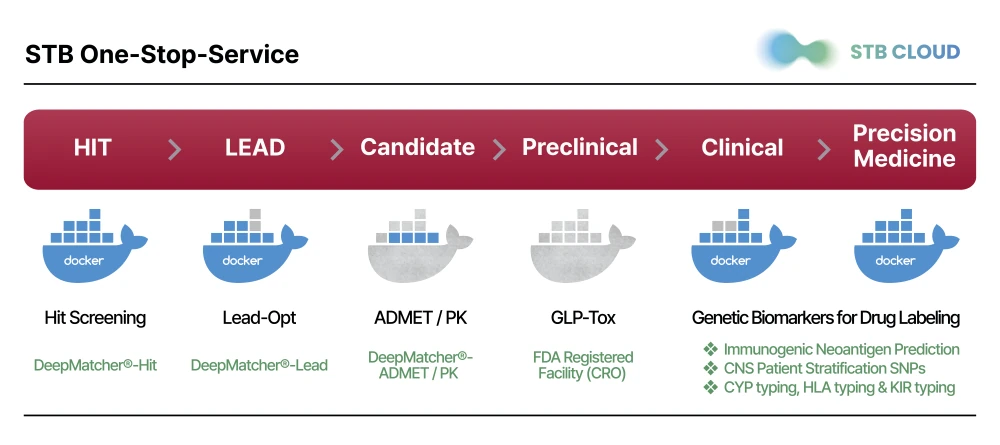
Fig. 2. The workflow of STB Cloud one-stop-service. The figure shows from hit and lead to genetic biomarker for drug labeling where the new docker images are developed and uploaded to the cloud. Among them, the completed docker can be fully automated or serviced as part of the one-stop-service.
AI resolved two key issues of early stage drug discovery: speed and precision. The hit discovery and lead optimization (lead-opt) process, which normally takes at least two, three years in a classical drug R&D setting, now takes only a few months with AI technology. In case of ADMET/PK representing druggability, pharmacology and safety, several in-silico prediction systems have been developed and adapted for expedited yet more precise drug R&Ds.
As a fully integrated AI solution, STB CLOUD provides an expedient cloud platform for discovery of new chemical hits and their lead-opt for any class of targets, as long as the targets and their chemical ligand complex structure PDBs are available. STB CLOUD’s strength lies in its one-stop service that covers nearly all areas of drug discovery processes, including ADMET/PK in preclinical stages and biomarker in clinical stages (Fig.2). It provides the best-fit docking molecules through analysis of deep learning (DL) and MD simulation of chemical docking on diverse targets related to ADMET/PK/biomarkers.
The Future of AI in Drug Discovery via Supercomputing Infrastructure
AI algorithm, big data and supercomputing power play an essential role for the drug design and candidate substance derivation. Many biotech startups have jumped on the bandwagon in the AI drug discovery market with their own proprietary technology to process AI algorithm. Yet without the support of supercomputing power, limitation remains though for deriving AI-based drug design and candidate compounds. Even if an algorithm with good predictive ability is possessed, hardware power is critical to rapidly find the best pose between a compound and a target. Samsung Biologics is a good example in the biopharmaceutical industry that has pioneered the AI drug discovery backed by its own solid supercomputing technology and infrastructure.
An AI-based new drug discovery boom among Korean pharmaceutical companies erupted initially led by the South Korean government, backed by its national supercomputing infrastructure of about 50,000 servers. Some of the South Korean companies specialized in AI drug discovery saw the need to build their own supercomputing power. Insoo AI has more than 130 servers to support its new drug discovery and clinical trials, while Standigm has leveraged its 180 servers in discovering and developing new drugs using deep learning. In anticipation of the full-scale AI drug discovery era, Syntekabio has made significant investments to harness its supercomputing capacity, from 3,000 currently to 10,000 by the end of 2023.
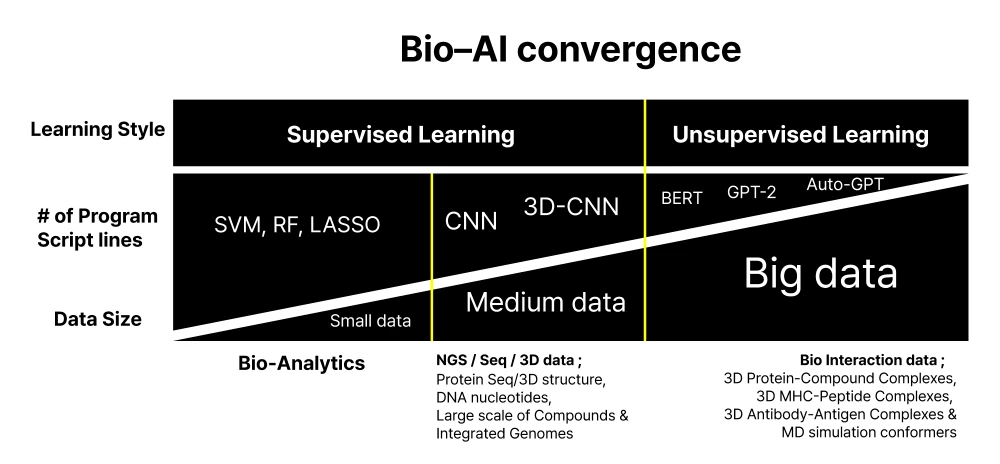
Fig. 3. STB CLOUD’s AI bioconvergence process through its core DeepMatcher®-Hit.
Efficient drug discovery plans require a few factors to work seamlessly. First, the AI technology and prediction system for drug design and candidate substance derivation must correspond to utilizing AI new drug platforms and software. In this regard, Syntekabio has launched DeepMatcher®-Hit, an AI hit-discovery platform used to develop NEO-ARS, auto-lead-opt, ADME-TOX and AI-based antibody new drugs.
Secondly, scalability of the service depends greatly on a symbiotic relationship between supercomputing hardware (HW) and drug discovery via cloud. Syntekabio understands this well, and how 10,000 more servers, run by staff with decades of relevant experience, will further improve the cloud operating environment. STB CLOUD is conveniently available and accessible remotely. Companies with physical and geographical restrictions and scarce resources can still access computing power necessary to properly utilize the new AI drug software anywhere, anytime.
Having software, hardware and cloud systems to work in sync is a must for successful AI-based drug design and candidate substance derivation. Syntekabio has created an optimal drug design environment by leveraging its own DeepMatcher™, supercomputing infrastructure, and AI driven cloud systems to economically derive candidate substances. Presently, the company has more than 100 types of efficacy substances derived through large-scale drug re-creation (DR) projects in progress. Some of the pipelines from these projects have entered animal testing, ready for more customized tests suitable for each substance to be rendered sequentially. Syntekabio’s AI Biosupercom Center is at the heart of accelerating the pace of innovation for global pharmaceutical companies, cementing Syntekabio as a trusted CDMO partner.
Topics: AI & Digital
